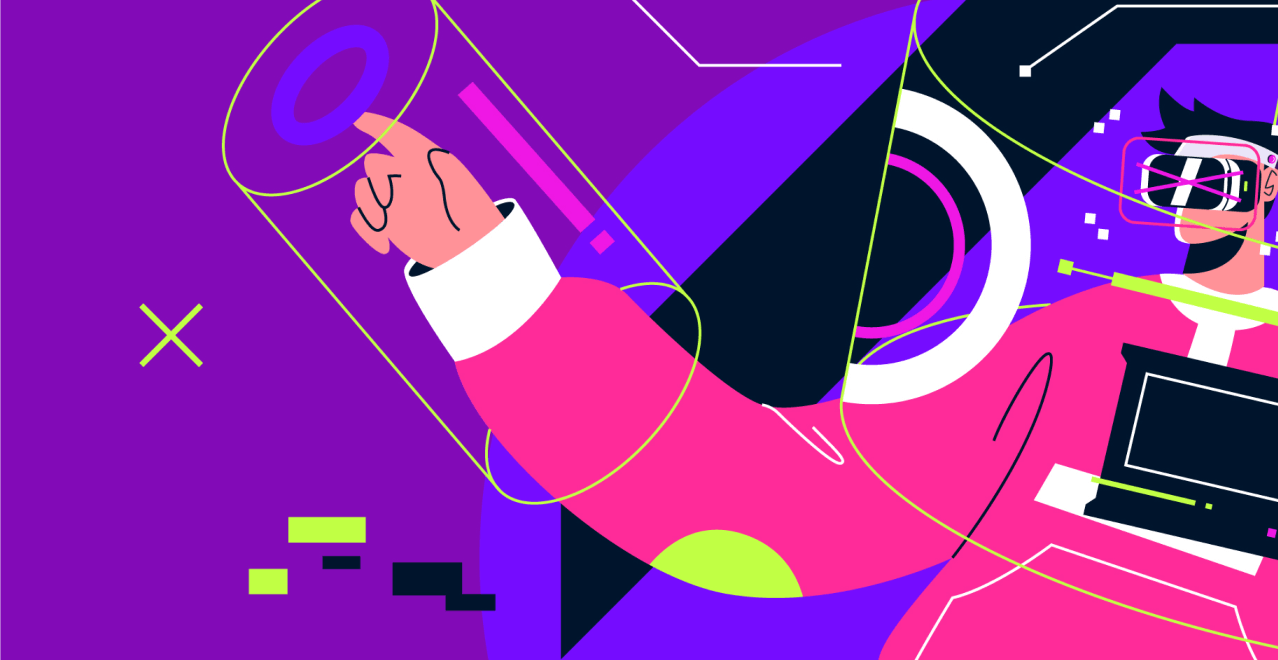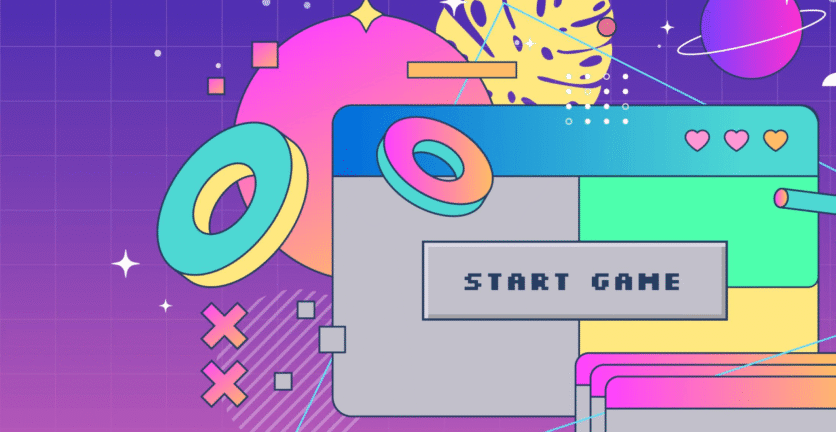Any door that needs a sign saying “push” or “pull” is a design failure. Good user experience shouldn’t need an explanation. In fact, there’s a name for this—the Norman Door. Named after cognitive scientist Don Norman, a Norman Door is one that functions differently than a reasonable user would expect. Don Norman drew attention to the frustration users feel when design clashes with intuition. At its core, a Norman Door works the opposite of what a person would expect, highlighting a deeper problem in the world of design: when things are hard to use, they fail. UX is life itself—it must be designed for people.
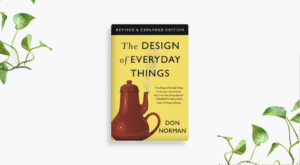
As we always say: user experience is life. It’s a textbook for designers, a must-read for product managers.
Michael Caine once said that if someone compliments his acting, it means he failed at his job. Acting shouldn’t be noticeable. What matters is the experience itself, not the meta. The beauty of design lies in its ability to be invisible—when it’s done right, you barely notice it’s there. At a UX agency, we know that good design is an extension of how we naturally interact with the world. The more it mimics the logic and expectations of human behavior, the easier it feels. When you walk through a well-designed door, you don’t stop to think. You just know how to use it. No instructions, no frustration. It just works—smoothly and intuitively.
The same principle applies to user experience design. A leading UX company creates digital products that feel as natural as opening a door. You don’t need a manual to understand how to send a message, make a payment, or navigate a website. If the design requires instructions, it’s not intuitive enough. Excellent user experience feels like an extension of life—it’s easy, logical, and matches our expectations of how things should work.
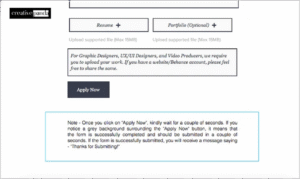
Tell Your User You’re Working on It
It’s a matter of trust. You trust that a door with a handle will open when you pull it. If it doesn’t, you don’t know if it’s a Norman Door or if the place is closed. A friend of mine developed a WhatsApp bot to help people find assistance in their neighborhood. The bot was a bit slow, but the small delay gave no feedback, causing many users to abandon the app, thinking it wasn’t working. Others kept clicking, to no avail. Creative Panda explains this well: transparency and clarity build trust and confidence, helping people relax when they interact.
Think about the objects you love using in your daily life. Maybe it’s your favorite app, the tap-to-pay feature on your phone, or a streaming service that knows exactly what you want to watch. These experiences stand out because they’re thoughtfully designed to anticipate your needs. They don’t force you to adapt to them; instead, they adapt to you, making the interaction pleasant, smooth, and even joyful.
But professionals deserve joy too. The more complex the system, the greater the UX challenge. The onboarding process should be quick—time is money—and if a system doesn’t quickly fit with what people know and do, they’ll choose not to use it.
Now, compare that to frustrating experiences—like poorly designed forms that ask unnecessary questions, or clunky systems that make you go through endless steps to achieve a simple goal. In those moments, you feel the weight of bad design. It interrupts your flow, wastes your time, and creates unnecessary friction between you and your goal.
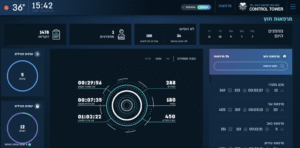
Ichilov Control Tower
Good design polishes the friction between people and technology, allowing both to coexist in harmony. A well-designed product respects the user’s time, attention, and mental effort. It doesn’t demand more than necessary. Here, user experience becomes more than just a functional aspect of a product—it becomes an essential part of how we experience life. As we said, user experience is life, and design is for people.
We’ve already said that good user experience shouldn’t need an explanation. The best UX design is invisible, just as the best tools are those that feel like a natural extension of our bodies. A hammer, a pencil, a phone—all become excellent tools when they don’t get in the way. The same principle applies to digital design. User experience design is about reducing pain points, removing obstacles, and creating joy in our interactions with the world around us.
Ultimately, good user experience is good design for life. Our interactions with technology—whether physical or digital—shape our daily lives. When UX is thoughtfully crafted, it elevates these experiences from frustration to ease, from confusion to clarity, and from stress to joy.
So next time you use a product that feels natural, intuitive, and effortless, take a moment to appreciate the design behind it. Because in the end, user experience is life. It’s the bridge between people and technology that powers our lives, and when that bridge is carefully built, it leads to a better, more connected world. User experience is life—design it for people.
#UXislife
#UXUIdesign
#UserExperienceDesign
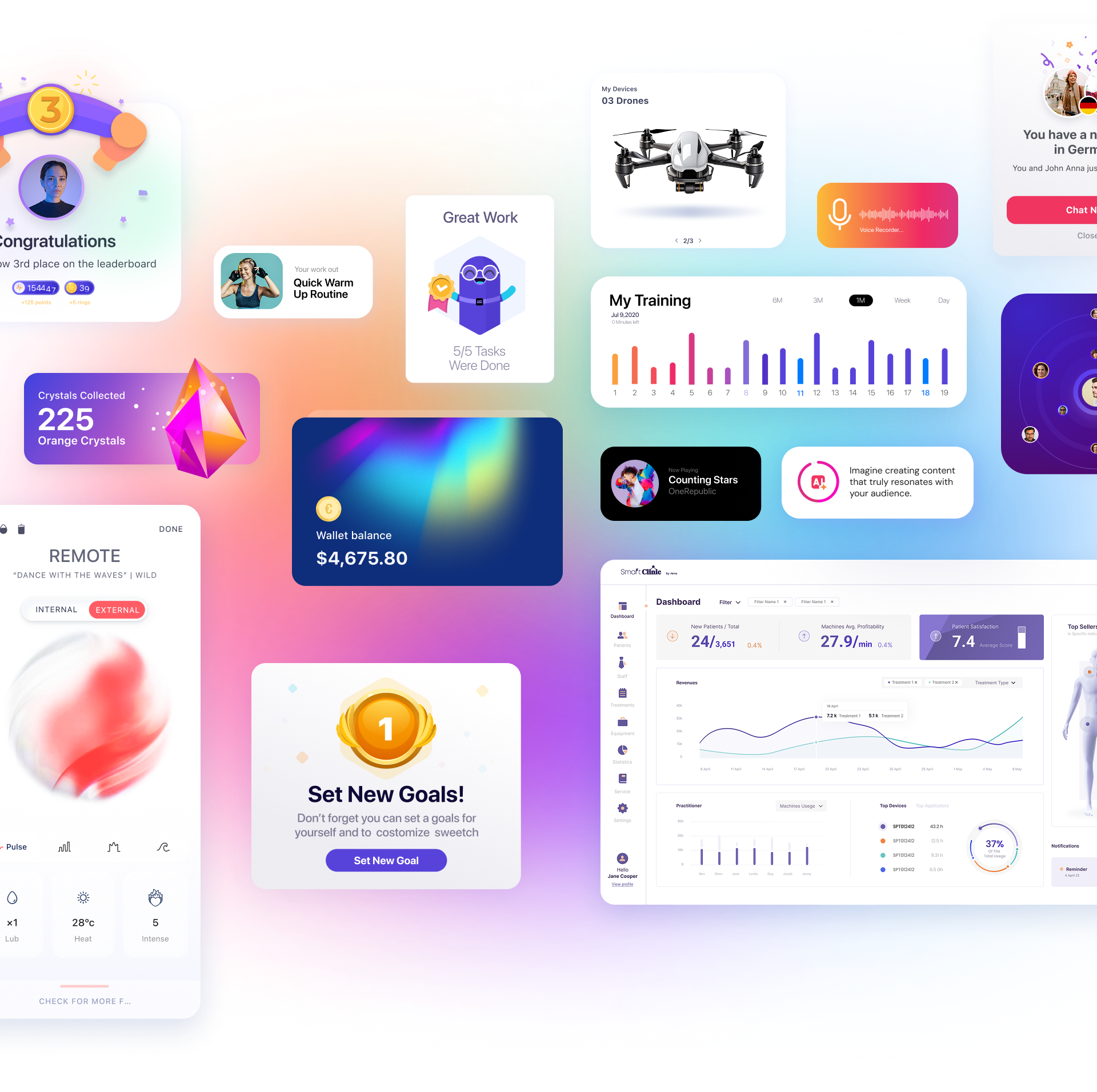




 Book a Call
Book a Call
